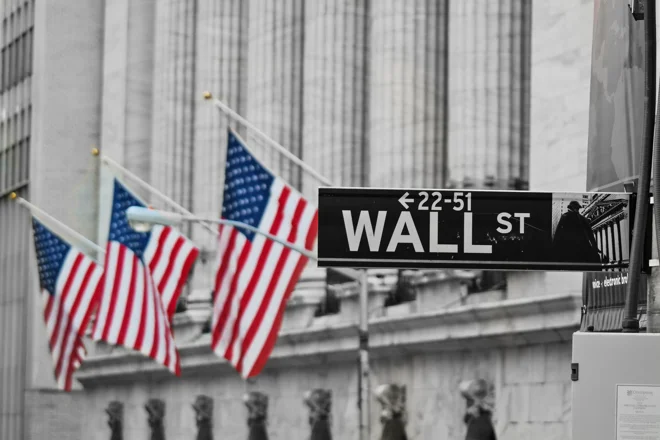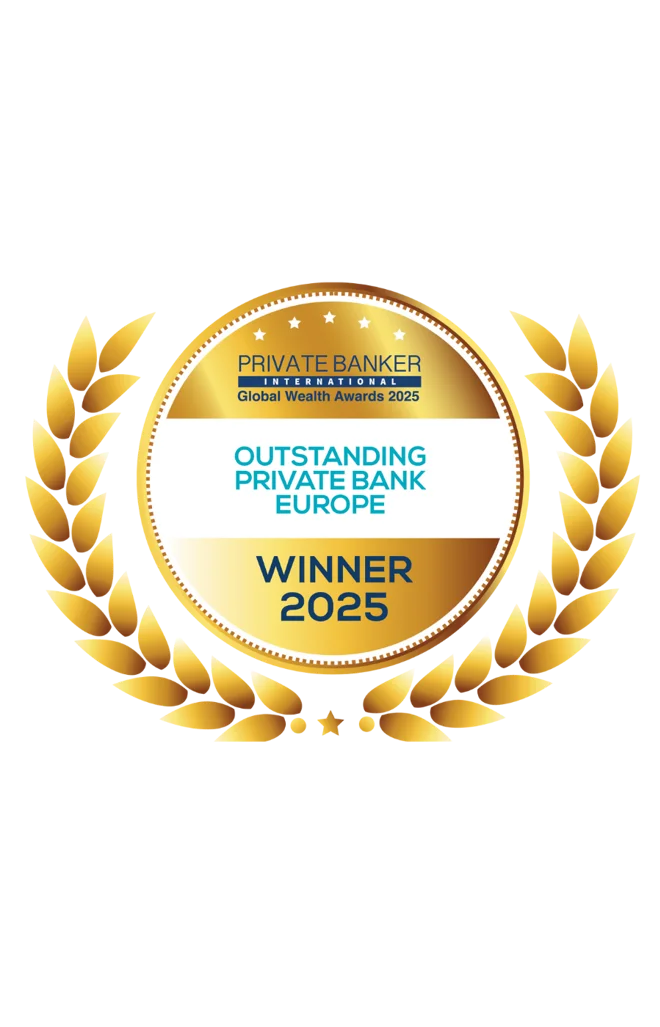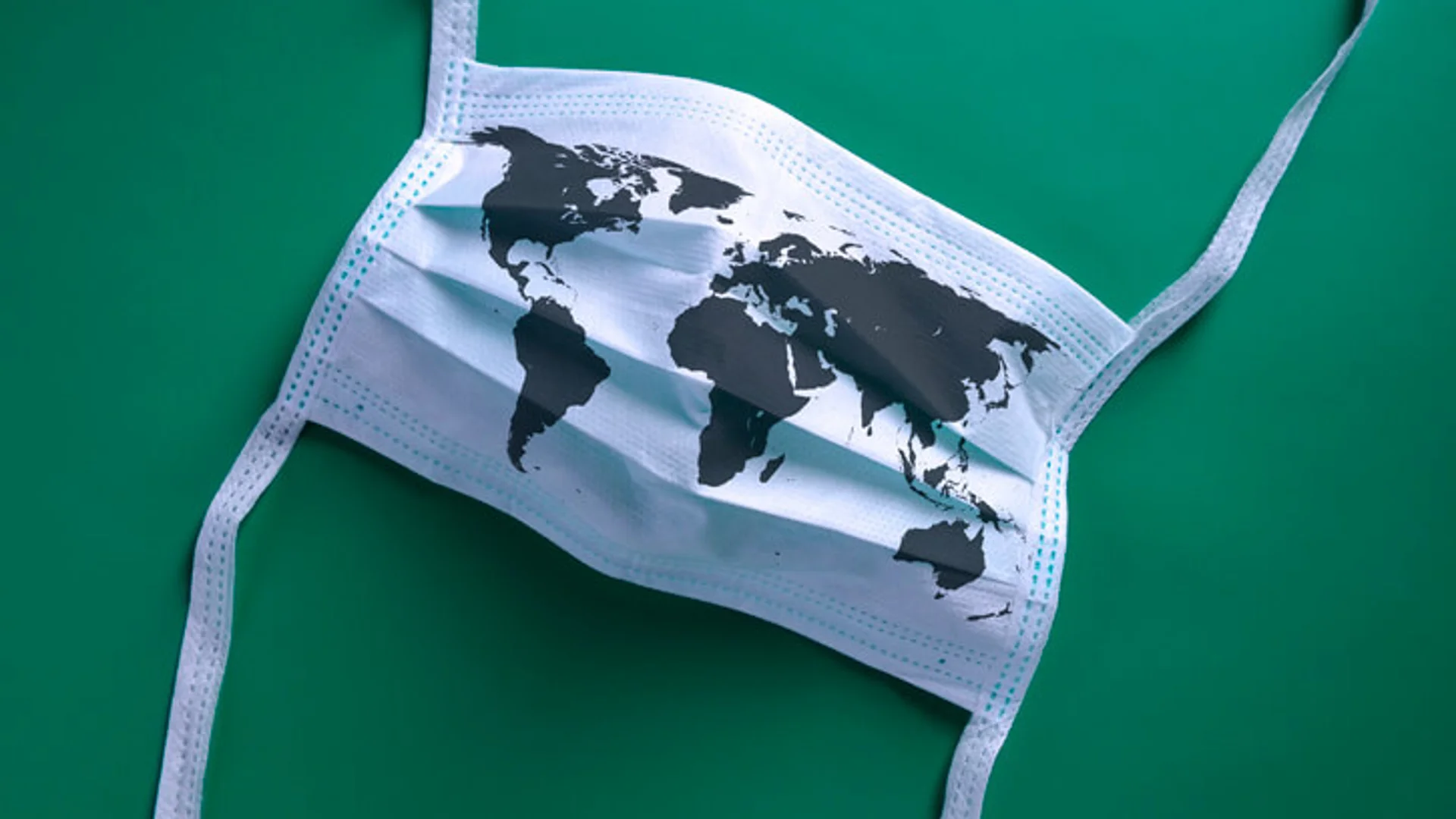“NEVER LET A GOOD CRISIS GO TO WASTE”
(Winston Churchill)
EXECUTIVE SUMMARY
MACRO
- We expect a sharp economic contraction this quarter, followed by a U-shaped trajectory with stabilisation at first and then a gradual recovery in the second half of this year
- Our macro outlook assumes that social distancing eases, the health crisis recedes and the policy response pulls out all the stops. The stimulus feedthrough facilitates the resumption of activity
- Financial conditions have already started to ease back, although only partially. While the improvement looks uneven and mostly for the US, we would expect that the monetary and fiscal impulse works its way through the system also elsewhere
ASSET ALLOCATION
- New position: overweight emerging market sovereign hard currency bonds (EM HC) – very attractive valuation (current credit spreads of around 600bps), combined with good carry make this asset class compelling from a risk-return perspective. Performance has lagged other credit asset classes due to joint headwinds of weaker oil price and stronger trade-weighted US dollar, which we expect to fade later in the year
- We retain a moderate risk stance in portfolios, supported by expectation of a rebound in global growth, combined with sizeable and effective monetary and fiscal policy stimulus, short-lived impact of Covid-19 on the world economy:
- Small overweight in equities combined with overweight in selective portfolio diversifiers
- Overweight credit, with a preference for euro high yield and emerging market sovereign hard currency bonds
- Overweight GBP (British Pound)
THE MACRO VIEW
The current state of the global economy has to do with the overlap of two distinct patterns: a sudden stop driven by the shutdowns to combat the coronavirus outbreak, along with the fallout from the health crisis; and a more typical economic cycle, which plays out from a longer-term perspective. This is triggering, and will likely continue to trigger, very expansionary monetary and fiscal policies, along with regulatory and tax forbearance.
Our base case is that the virus outbreak and associated social-distancing measures will peak this quarter in most countries and then recede in the second half of the year. Under these assumptions, economic activity is likely to contract outright, in some cases at double-digit rates, in the second quarter. It is set to rebound later on, supported by the feed-through of the policy easing. Initially this will be gradual, and so feel more like some sort of stabilisation at first, but will then become more visible.
THE SUDDEN STOP…
The macro path is more uncertain than usual, and the balance of risks more skewed to the downside, because of the nature of the ongoing recession. This time around, it is not really about the unwinding of previously built financial imbalances, as was the case during the global financial crisis or the euro debt crisis. Nor is this the outcome of policy tightening to cool down the economy. We are in recession because of the necessity of social distancing and the fallout from the health crisis. The disruptions that the shutdowns are triggering imply sharp falls in the economic data over the next few months. The off-the-cliff drop in the euro area purchasing managers’ indices (FIG.1) and the first negative GDP print in China since at least the early 1990s are just a taster of what’s to come.
How long the economy will continue to shrink, and what the recovery will eventually look like depend on when and how the measures that restrict economic activity are lifted. If it is gradually and unevenly across countries and sectors, then any improvement will likely be gradual and uneven too. This suggests a U-shaped path to activity and, as long as no therapeutic breakthrough is in sight, risks of a W-shaped path if there’s a relapse and these physical restrictions are needed again.
…AND THE CYCLE
Understanding the nature of the sudden stop, and how we deal with it, is critical to sketch what needs to happen for economic growth to regain momentum. These short-term inflection points are, of course, very important. The cycle is a different thing, as its time span is much longer and with many twists and turns. At least in certain respects, very high consumer confidence levels and very low unemployment rates prior to the health crisis did suggest that the global expansion that has just ended was already at a late stage.
However, the fact is that there are no major imbalances in most advanced economies. A key difference from past cycles is that consumers have not overspent. And corporates have not overinvested in capacity. This means that, apart from perhaps some cracks in the riskier and more vulnerable segments of the US credit market, there is no need for an extended period of balance-sheet retrenchment. Similarly, there are only a few housing hotspots around the world, but house price-to-income ratios suggest no generalised issue of affordability. In other words, globally, growth was only slowing gently as the cycle matured, not abruptly.
POLICY RESPONSE: PULLING OUT ALL THE STOPS
So, given no perceived moral hazard – a key difference from previous crises – monetary and fiscal policy will likely continue to provide liquidity as needed, both as emergency stimulus and as financing for the recovery phase when it comes. Assuming that these policy responses are effective in preventing short-term liquidity problems from turning into lasting solvency problems, activity next year is likely to pick up extra momentum. Financial conditions indices, which have tightened significantly since the onset of the crisis, are now beginning to ease, though there is still a long way to go (FIG. 2).
Subdued inflation rates in the short term and, as the economy normalises, a gentle recovery in the medium term, suggest that the global policy stance will remain highly accommodative. Real and nominal interest rates will remain very low for an extended period. Debt levels will rise and central banks will facilitate government refinancing. The risk is that the policy impulse is even bigger in the acute phase of the crisis and that unwinding some of these expansionary policies will take longer than expected.
ASSET ALLOCATION SUMMARY
- We keep a moderate risk stance in portfolios, supported by:
- Our expectation of a rebound in global growth, combined with
- sizeable and effective monetary and fiscal policy stimulus, and
- our view that Covid-19’s direct negative impact on the world economy will be short-lived
- Given the above, our tactical asset allocation is as follows:
- Small overweight in equities, with a preference for US equities (via the overweight to the Technology and Healthcare sectors), and emerging market versus European equities
- Overweight credit, with a preference for euro high yield and emerging market sovereign hard currency bonds (new position)
- Overweight portfolio diversifiers, namely gold, US Treasuries, and the Japanese ten
- Overweight GBP
POSITIONING CHANGES
- Introducing emerging market hard currency debt
- Removing NOK bonds
- Removing emerging market local currency debt
This document has been prepared by Quintet Private Bank (Europe) S.A. The statements and views expressed in this document – based upon information from sources believed to be reliable – are those of Quintet Private Bank (Europe) S.A. as of the draft date (April 23, 2020), and are subject to change. This document is of a general nature and does not constitute legal, accounting, tax or investment advice. All investors should keep in mind that past performance is no indication of future performance, and that the value of investments may go up or down. Changes in exchange rates may also cause the value of underlying investments to go up or down. Copyright © Quintet Private Bank (Europe) S.A. 2020. All rights reserved





